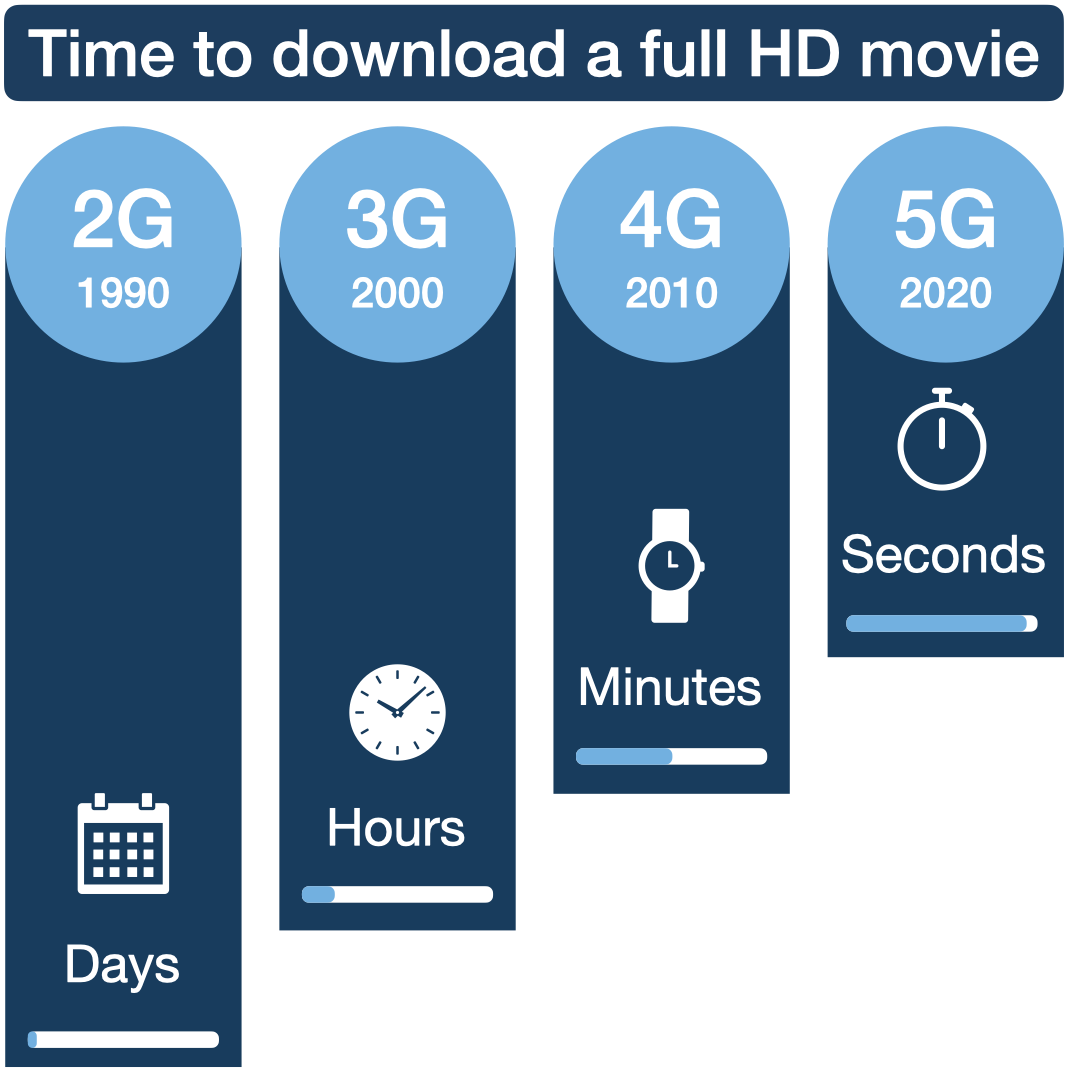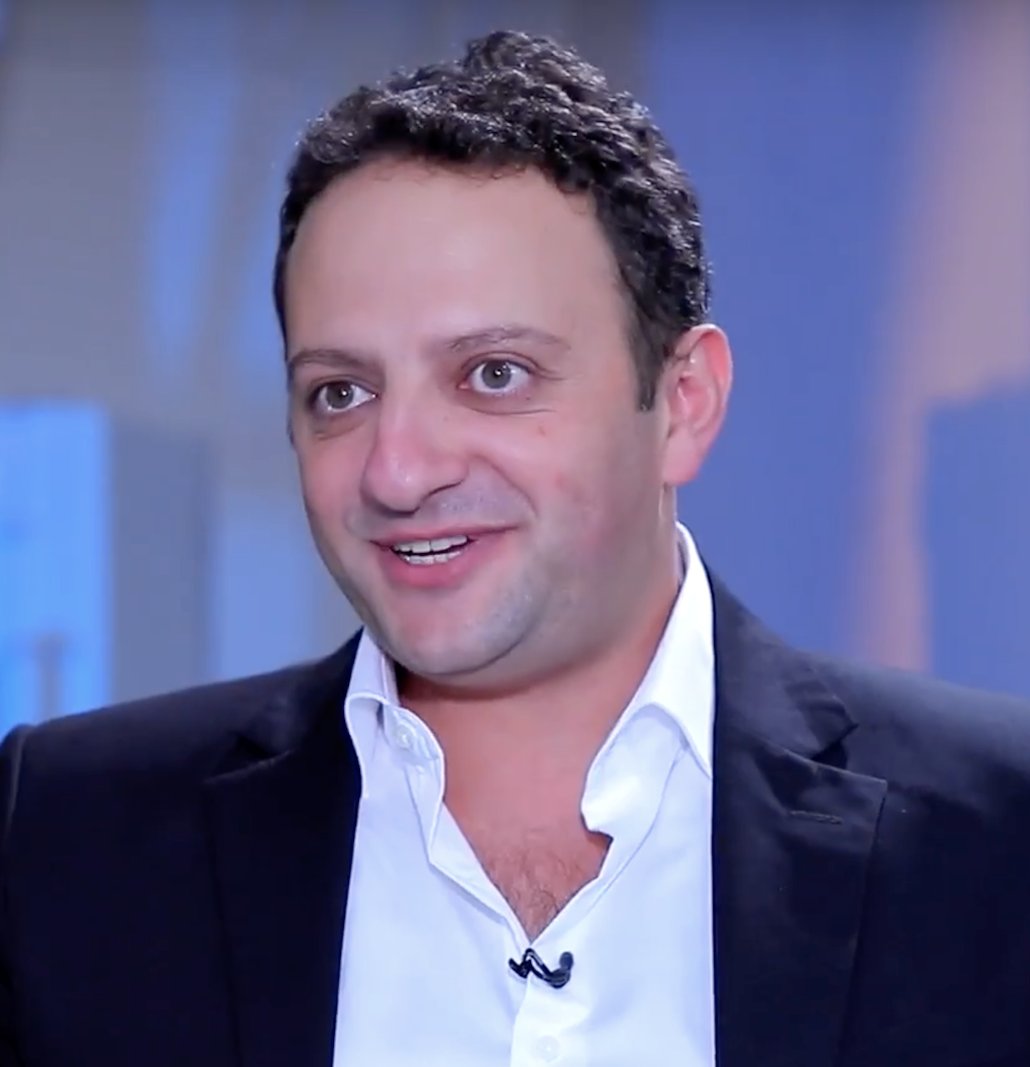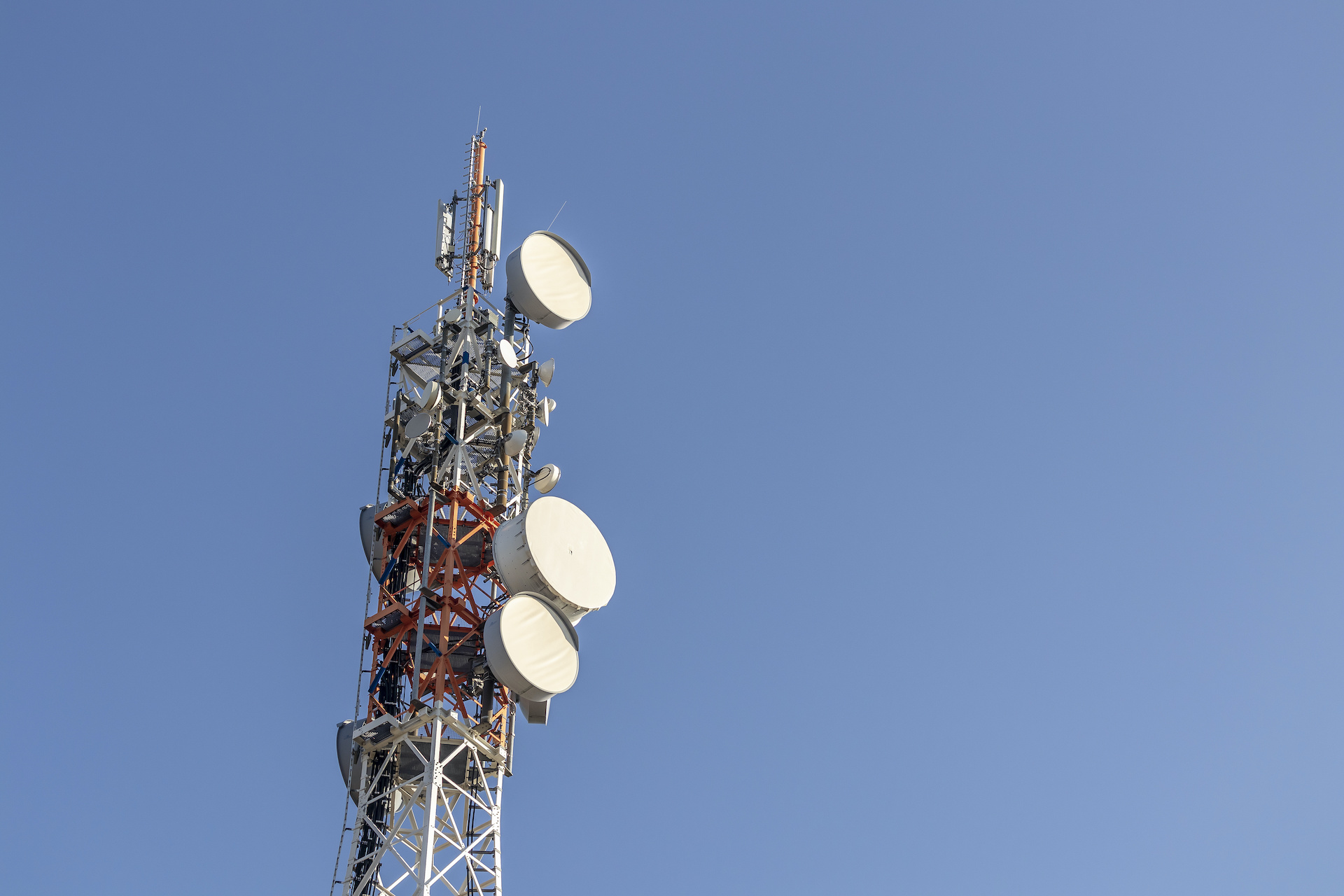5G provides 10 times more capacity than 4G. In the same way 4G has made streaming services possible, leading to the rapid development of popular streaming applications, 5G will unleash new usages, services and functionalities.
Imagine having the ability to download a full-HD movie in seconds, share your entire photos or music library with a click, roam around a 3D virtual mall without any latency… This is only a sneak preview of the way we are going to communicate soon. To enable this, operators must increase the size of the “pipes” that feed their base-stations to ultimately deliver this massive content onto 5G smartphones.
These pipes form the operator backhaul. For most networks worldwide, backhaul is mainly composed of radio links. The problem resides in the fact that traditional radios, which are predominantly built on hardware-centric architectures, have reached their maximum limits and cannot accommodate the required 10 times capacity increase factor.
For mobile operators, the 5G challenge comes down to their capabilities to find backhaul solutions that meet the 5G demand…

We have developed a new generation of backhaul radio.
While traditional radios simply provide incremental capacity improvement, limited by their hardware-centric legacy technology, we have designed a totally new software-defined transmission system.
Our radios provide up to 20x the capacity of traditional radios and make wireless backhaul a tangible option to roll-out 5G and limit their dependency on fiber optics.
With a single day deployment and a fraction of the cost of fiber, Spectronite backhaul radios allow operators to roll-out 5G faster and lower significantly their deployment cost.
LEADERSHIP TEAM

Jean-Philippe FOURNIER
CEO

Tuan Anh TRUONG
CTO

George EL AILY
Director
We knew 5G was going to be fast, very fast.
We anticipated back in 2017 the challenge 5G would pose to mobile operators.
First on capacity, for all the capacity 5G base-stations were going to deliver, would have to be channeled through the operators backbone network... Then, to offer 5G, operators would first need to increase drastically the capacity of their backhaul network.
Then on cost. Operators backbone, all over the world, is primarily relying on wireless interconnections. By that time, many analysts were predicting that 5G backbone would need to run on fiber... But cost-wise fiber optics was simply not going to be a viable option.
What we got early too: that traditional radio links would miss the capacity mark... and by far! It was obvious: their hardware-centric technology, rooting back to the 1980’s, was simply going to fall short!
So we started our works on a brand new radio. A software radio.
It took us time... endless efforts... and countless try-and-fails. But we succeeded: the day we made our first presentation to an operator: we knew we had it right!
So now, we'd like to invite you to join us and share this defining moment in mobile backbone technology..
OUR OFFICES
06906 Sophia-Antipolis
France
